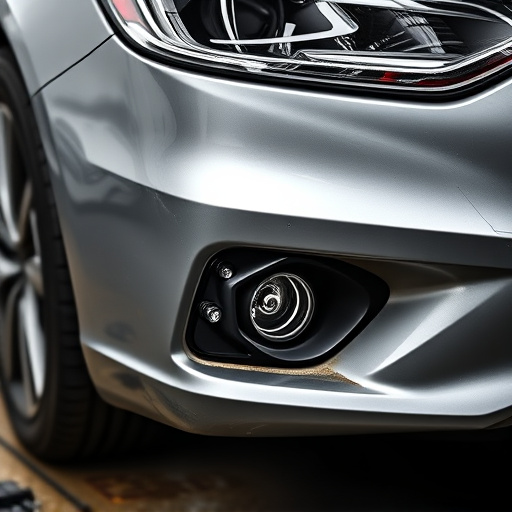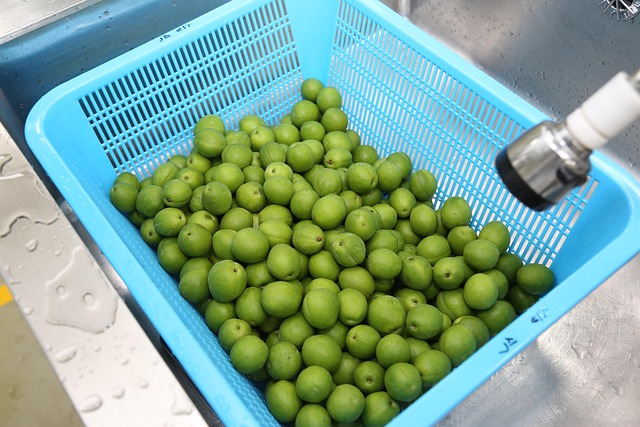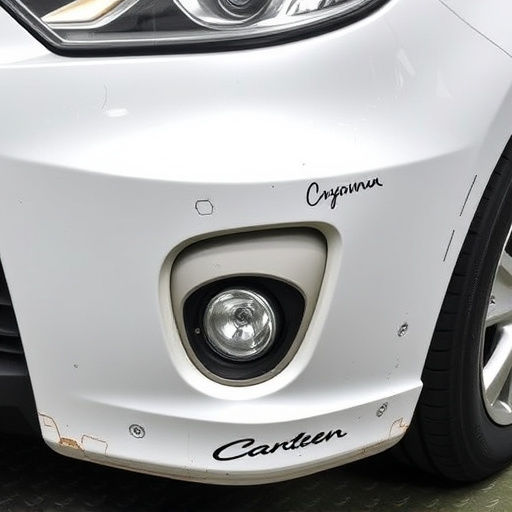The automotive industry shifts towards sustainable automotive paint types due to growing environmental awareness and stricter regulations. Water-based and low-VOC options gain popularity for reduced emissions, improved durability, faster cure times, and enhanced aesthetics. This trend benefits both the environment and car owners, driving innovation in green automotive paint types.
Are eco-friendly automotive paint types finally gaining traction? As the world shifts towards sustainability, the automotive industry is seeing a rise in green paint technologies. This article explores the benefits and innovations of these advanced materials, while also delving into shifting consumer preferences. We analyze how traditional automotive paint types are being replaced by more sustainable options, marking a significant change in the way we think about vehicle aesthetics and environmental impact.
- The Rise of Eco-Friendly Paints in Automotive Industry
- Benefits and Innovations of Green Paint Technologies
- Consumer Preferences Shifting Towards Sustainable Options
The Rise of Eco-Friendly Paints in Automotive Industry
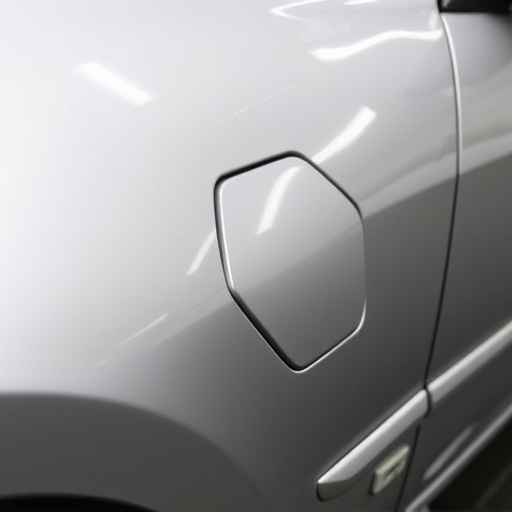
The automotive industry is witnessing a significant shift towards sustainability, and eco-friendly automotive paint types are at the forefront of this movement. Consumers and manufacturers alike are becoming increasingly conscious of the environmental impact of traditional paints, leading to a surge in demand for greener alternatives. These eco-conscious automotive paint types offer not only reduced emissions but also improved durability and aesthetics.
The rise of water-based and low-VOC (volatile organic compound) paints has been particularly notable. These innovative formulations reduce harmful chemical releases during application and cure faster, minimizing downtime. As a result, they are gaining traction in both personal vehicle ownership and commercial collision repair and car restoration processes. This trend signals a promising future for sustainable practices within the automotive sector, driving the development of more advanced and environmentally friendly paint technologies.
Benefits and Innovations of Green Paint Technologies
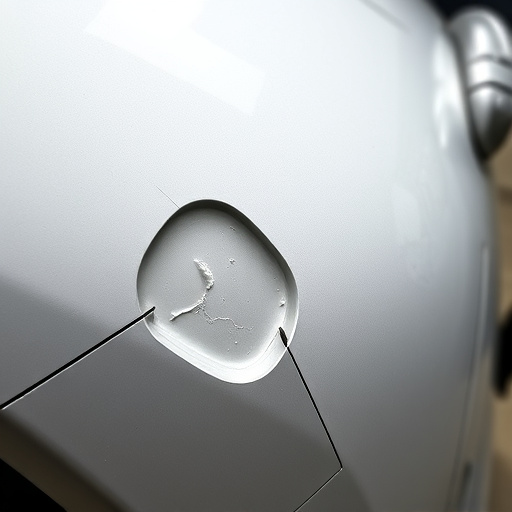
The automotive industry is witnessing a significant shift towards green paint technologies, driven by growing environmental consciousness and stricter regulations. These eco-friendly automotive paint types offer numerous benefits that extend beyond their environmental impact. One of the primary advantages is reduced volatile organic compounds (VOCs), which not only decrease air pollution but also create safer working conditions in car body shops and auto body services. Furthermore, green paint formulations often boast enhanced durability and resistance to fading, chipping, and blistering, ensuring longer-lasting finishes that require less maintenance over time.
Innovations in these paint technologies include the use of water-based and low-VOC paints, as well as bio-based resins derived from renewable resources. These advancements not only cut down on toxic waste produced during manufacturing but also offer better coverage and faster drying times, streamlining body shop services and reducing energy consumption. As a result, car owners benefit from both improved aesthetics and reduced environmental footprint, making eco-friendly automotive paint types increasingly appealing in the market.
Consumer Preferences Shifting Towards Sustainable Options

In recent years, a noticeable shift has occurred in consumer preferences when it comes to automotive paint types. There’s a growing demand for eco-friendly options, as buyers become increasingly conscious of the environmental impact of their choices. Traditional automotive paints, known for their toxic chemicals and harsh production processes, are facing strong competition from innovative, sustainable alternatives. This change in preference is not just a trend but a significant movement towards a greener future for the automotive industry.
The market is responding with a surge in development and adoption of eco-friendly paintless dent repair techniques and water-based auto body services. These advancements offer reduced emissions, lower volatile organic compound (VOC) levels, and safer, more sustainable application methods. As consumers become more aware of the benefits, including improved air quality and minimized environmental damage, the appeal of these new automotive paint types continues to gain traction across various demographics.
The automotive industry is witnessing a significant shift towards eco-friendly paint types, driven by both consumer demand for sustainable options and advancements in green paint technologies. The benefits are clear: reduced environmental impact, improved air quality during application, and innovative formulations that enhance vehicle durability and aesthetics. As consumers become more conscious of their ecological footprint, the rise of these green paint technologies suggests a promising future for an industry committed to sustainability.

